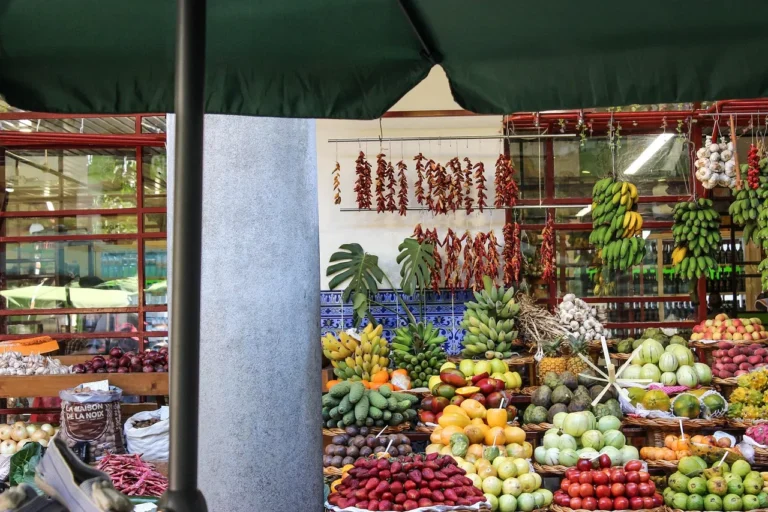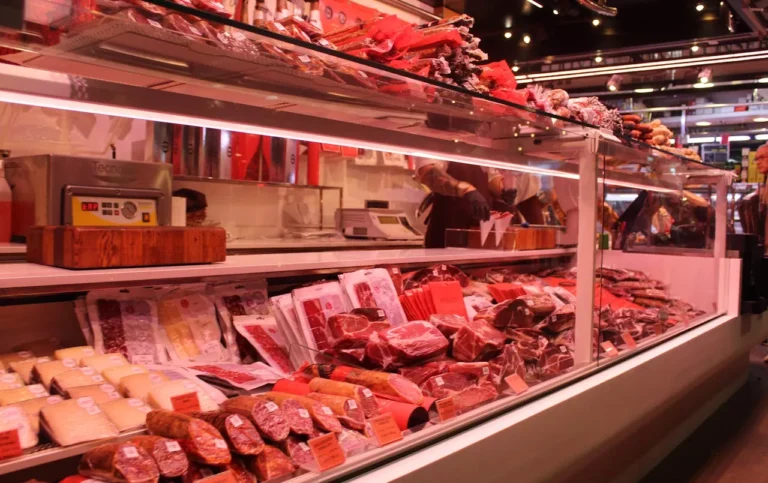
In 2023, the global lignin market was valued at approximately $995.24 million and is projected to grow to $1.33 billion by 2029, reflecting a compound annual growth rate (CAGR) of 5.04% from 2024 to 2029.
The market for lignin is quite fragmented, featuring a diverse range of participants from well-established companies to smaller, niche players. Many of these businesses are heavily investing in research and development to broaden their product offerings and capture a larger share of the market.
Key drivers of growth in the lignin market include an increased focus on sustainability, rising production and demand for concrete additives, and a growing need for environmentally friendly materials. Other contributing factors are the enhanced availability of raw materials and the ease of lignin production, favorable regulatory support for bio-based products, and a rising demand for paints and coatings.
Additionally, lignin’s expanded applications in animal feed additives, agriculture, industrial cleaners, water treatment, oil field chemicals, industrial binders, and battery additives are expected to further boost market growth. The increasing use of biofuels, the rising demand for lignin in natural products, and a growing preference for greener alternatives are also driving factors.
Europe remains the largest regional market for lignin due to strong regulatory support for sustainable materials, a high demand for compact motor vehicles, and significant advancements in circular economy practices and waste valorization. The region benefits from a well-established pulp and paper industry, robust biorefinery infrastructure, and a strong emphasis on environmental conservation.
Asia-Pacific is the fastest-growing region in the global lignin market. This growth is driven by rapid industrialization, increasing demand for electronics and automobiles, and a burgeoning construction sector. The region’s expanding knowledge of lignin’s benefits in livestock feed, a thriving pulp and paper industry, and rapid urbanization, especially in countries like China and India, contribute to this trend. The growing preference for sustainable materials and advancements in lignin technology further support the region’s market expansion.






